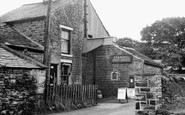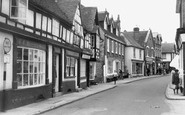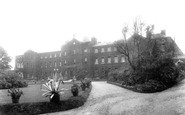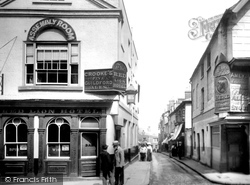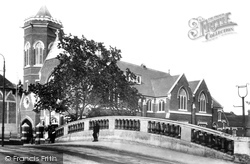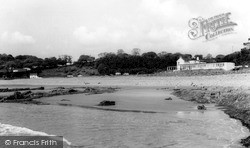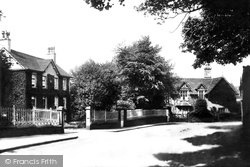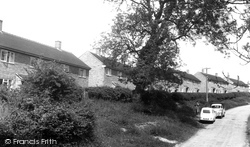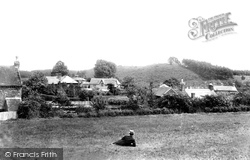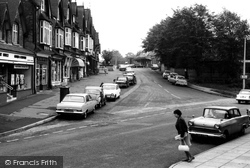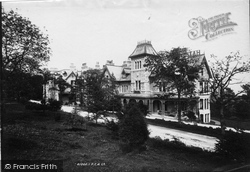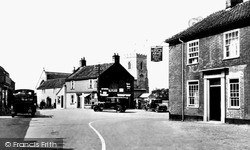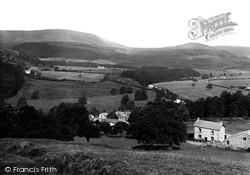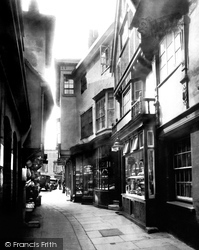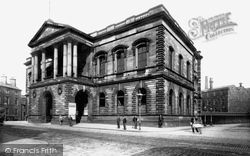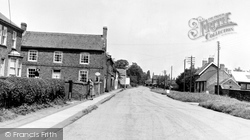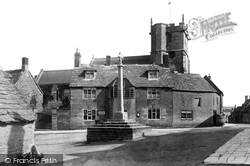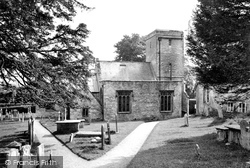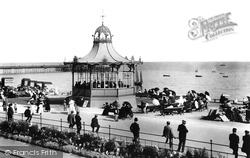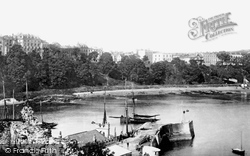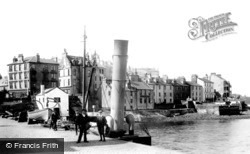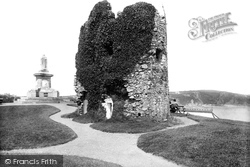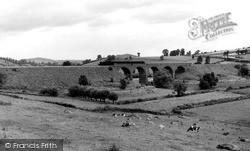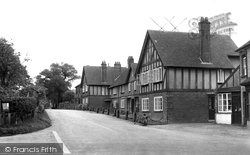Places
3 places found.
Those places high-lighted have photos. All locations may have maps, books and memories.
Photos
63 photos found. Showing results 1,441 to 63.
Maps
12 maps found.
Books
1 books found. Showing results 1,729 to 1.
Memories
7,556 memories found. Showing results 721 to 730.
Newcastle University
I attended the University from 1970 - 1973 studying Surveying and Mathematics with Messrs Carmody and Newton. I lived in Havelock Hall for two years, and was involved with the JRC committee that ran the social side of ...Read more
A memory of Newcastle upon Tyne in 1970 by
Newtonheath Loco Football Ccub
I remember sneaking into the match by going past the lodging house on Warden Lane and going by the railwayside and through a hole in the fence that the railway men had made so that they could watch ...Read more
A memory of Newton in 1950 by
Alan & Hilda
Alan and Hilda Slater were my Uncle and Aunty and lived at the post office for many years and were quite possibly the funniest people I ever knew. Stanhill Post Office is reputedly haunted and Uncle Alan took every opportunity to use the ...Read more
A memory of Stanhill by
Ratfyn Power Station
In the 1950s I was in the Royal Engineers and came over from Germany to our school of military engineering at Chatham where we did a course in electrical power stations. We were then posted to Bulford barracks, and did our ...Read more
A memory of Bulford in 1954 by
Remembering Byfleet
I was born in Byfleet in 1950. We lived in Binfield Road. Later I moved to the hotel that was built where the village green is now. My mother Beatrice Stenning was the housekeeper, cook, maid and everything in between. My dad ...Read more
A memory of Byfleet by
The Long Family Hindringham
I have been researching my family history and have traced the family tree back to Robert Long, born in Hindringham in 1798. I would be interested to hear from anyone who has been carrying out genealogical research into the same family. David Long.
A memory of Hindringham by
Fleur De Lys
My mother grew up in Lowsonford, her parents owned the Fleur de Lys, it was a wedding present from my great-grandad. My grandmother, Mrs Elizabeth Tarplee, started to make steak pies at the pub for the passing boats. My mother had a ...Read more
A memory of Lowsonford in 1920 by
West Street Shops
Shops on West Street in the 1960s were left to right: Merritts the butcher next door to Blackiston the butcher, famous for the specialty sausages, also had its own slaughterhouse and in the back garden an Anderson shelter used by ...Read more
A memory of Midhurst in 1960 by
12 Glebe Avenue Kolordek
This picture is just too small to see if my parents' shop - Kolordek - is illustrated in the row. We moved away around 66/67. Vaiseys had the grocers next door - I was friends with their daughter, and the grocer's next to ...Read more
A memory of Ickenham in 1962 by
Fond Memories
I remember St Faith's hospital very well. I was the Head Porter there for a number of years until it was closed down. I met my wife there. She was a catering assistant. We were engaged with two other couples in the social club.That ...Read more
A memory of Brentwood in 1985 by
Captions
2,471 captions found. Showing results 1,729 to 1,752.
Most of Market Street was taken up by the now demolished Red Lion.
Photographed in the year it was built, this church had seating for 800 people, and a commodious schoolroom at the back.
This settlement probably got its name from Andrew Wysmon, a tenant knight at the time of Edward II's reign.
At the bottom of the street is the bridge over the River Bollin and the Manor house.
At about this time, Rutland villages began to acquire small housing estates, usually on the edges. At first they were council houses, and later private developers came in.
In this view from the west, the man in the straw boater looks past the school with its attached hipped-roofed master's house to Lea Hill, now known as Fittleworth Common.
The railway station at the back of this picture is the reason for Dorridge's existence. Until the London to Birmingham railway was built in 1852, there was no Dorridge.
The Furness Railway Company once owned the Hazelwood Hydro. Originally it was known as Brown Robin Mansion, and was built as a private residence.
Old vehicles in the centre of Ludham village have their spare wheels attached to the side of the bonnet. The right-hand car has a 'dickey' seat at the back, closed in the photograph.
The point from which this photograph was taken, Seed Hill, was at that time in Yorkshire, but looks over the border, defined here by the Hodder, across a corner of Lancashire.
This narrow lane shows exactly how the back streets of the old town would have looked 200 years ago.
Cam Beck once powered the 13th-century mill. Next to the stream is the old Methodist chapel of 1860, now a house, but with gravestones still in the back garden.
Land behind the Town Hall was used for industry for many years: the Spring Mill buildings and the cupola of Pleck Brass Works are visible to the right.
This is locally known as the back road to Lincoln, and it looks a well surfaced village road.
From the Church 1897 One of the darkest deeds in English history took place in Saxon times, when King Edward was murdered by his stepmother in 978.
The church and graveyard have been immortalised in his poems and novels. The church is small, and dates from Norman times, with many later additions.
Worthing's was a good example, with screens to protect the band from the sea breezes and an elegant wrought iron openwork cupola to its ogee roof.
In the foreground we can see the roof of Laston House, a purpose-built bath-house which operated between 1810 and the early 1830s.
This view shows the backs of buildings along Kempock Street. Kempock Place is just in view on the extreme left of the picture.
This view shows the backs of buildings along Kempock Street. Kempock Place is just in view on the extreme left. Over to the right is Seaton's temperance hotel, one of several in the town.
Once a defender's last refuge, the Norman keep comprises a domed circular tower and square stair tower.
Looking from the B3153, just east of the town, this photograph shows a local train hauled by a steam engine, whilst the cows below, well used to the noise, continue unconcernedly chewing
As can be seen from the two television aerials sprouting above the rooftop on the right, modern innovations in home entertainment were already making their presence felt in the early sixties.
Here we have a fine overview of the town centre against a backdrop of the Fairfield Horseshoe group of mountains.
Places (3)
Photos (63)
Memories (7556)
Books (1)
Maps (12)



